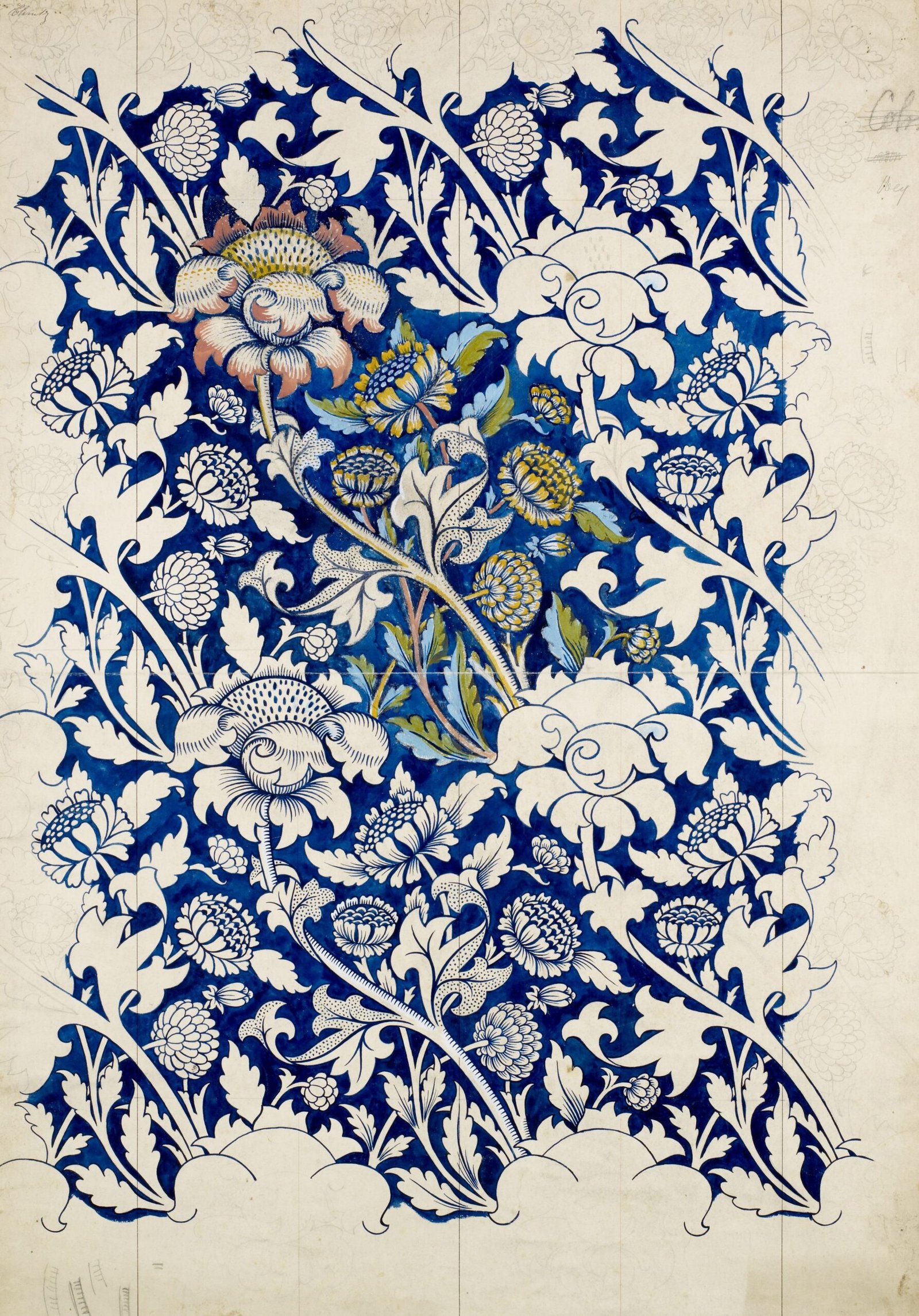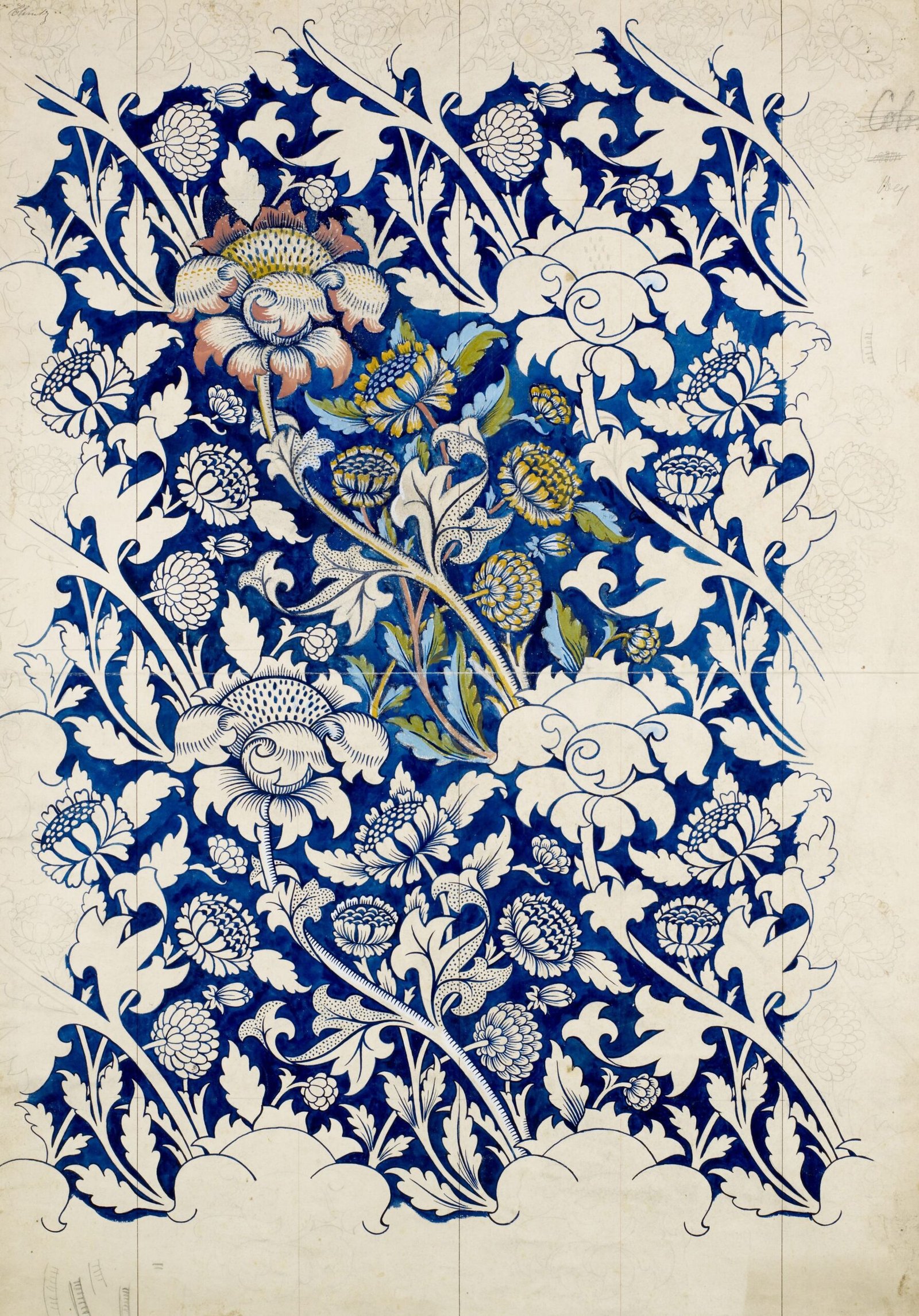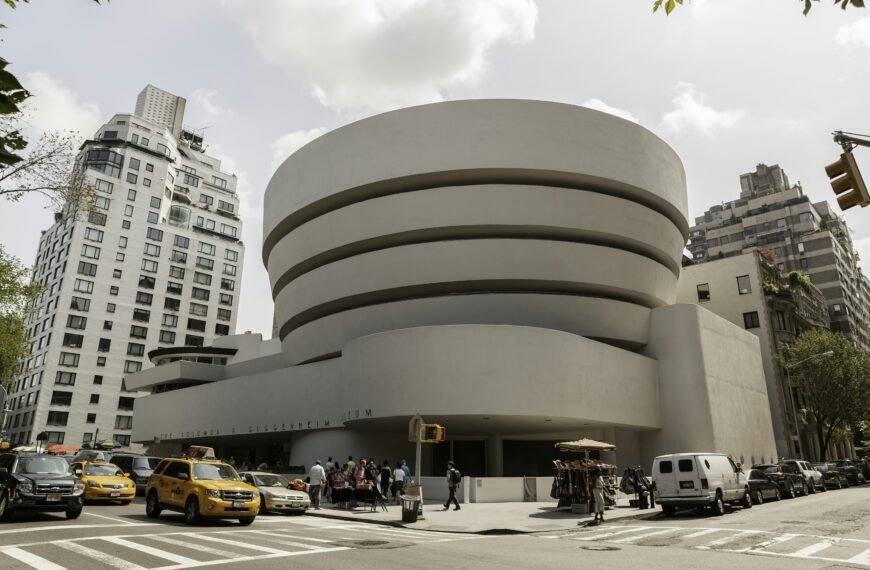Get ready to uncover the shocking revelation about stolen artifacts at the British Museum. In a recent announcement, the museum disclosed that approximately 1,500 precious items were either stolen or missing from their Greek and Roman stores. The extent of the loss is even more disheartening as an additional 350 items have been damaged, with gold parts that are likely to be irretrievable. It is suspected that these missing gold parts were sold to scrap metal merchants. Stay tuned to find out more about the investigation and the museum’s plans to improve its security measures.

Theft and Damage at the British Museum
The British Museum recently made an announcement regarding the theft and damage of several artifacts from its Greek and Roman stores. According to museum administrators, approximately 1,500 artifacts have either been stolen or are missing. Additionally, it was revealed that 350 items have been damaged, including those with gold parts that have been removed. Unfortunately, the museum believes that these gold parts are likely unrecoverable as they were probably sold to scrap metal merchants. Furthermore, it was discovered that an additional 140 items in the museum’s possession have been damaged by tool marks. The extent of this theft and damage has raised concerns about the security measures in place at the British Museum.
British Museum’s Investigation and Updates
Since the announcement of the thefts, the British Museum has been providing regular updates on their investigation. In an effort to bolster security measures, the museum has also introduced a multi-million dollar improvement project. The details of an independent review into the thefts were recently released, shedding light on recommendations for security improvement. While the main recommendations were not made public, the museum did disclose 36 other suggestions on their website, which encompass improvements to policies and management procedures. These recommendations include increasing the frequency of inventory checks, among other measures.

Theft Announcement and Missing Artifacts
Following the dismissal of a suspected curator, the British Museum has released further information regarding the theft and damage of artifacts. It is estimated that around 1,500 artifacts are missing, leaving the museum authorities concerned about their whereabouts. Additionally, 350 items have been identified as damaged, with gold parts likely removed. Regrettably, these gold parts are believed to be irretrievable, as they were likely sold to scrap metal merchants. Furthermore, tool marks were discovered on 140 items that are still in the museum’s possession, indicating that the thieves may have used tools to extract valuable components.
Returned and Identified Items
Out of the 1,500 missing items, only a little over 350 have been returned to the British Museum. These returned items were all provided by Ittai Gradel, a gem dealer who had previously alerted the museum to the losses in 2021. Despite his concerns being initially rebuffed, Gradel eventually realized that he had purchased stolen items and decided to return them. The museum has identified another 300 items, but these have not yet been recovered. The involvement of Ittai Gradel sheds light on the actions of the thief and raises questions about the overall security of the museum’s collection.

Thief’s Earnings and Police Investigation
According to estimates, the thief responsible for the stolen artifacts earned approximately £100,000 (or $125,000) from selling the items via websites such as eBay. These websites were used as a platform to facilitate the sale of the stolen artifacts, allowing the thief to profit from their criminal activities. Due to an ongoing police investigation, the British Museum is limited in the details it can release regarding the missing items. However, the museum remains committed to working closely with law enforcement to bring the culprits to justice and recover the stolen artifacts. The ongoing investigation highlights the significance and urgency of addressing security vulnerabilities at the British Museum.
Improvements and Recommendations
In response to the theft and damage of artifacts, the British Museum has initiated a comprehensive improvement project. This project aims to enhance the museum’s record-keeping and overall security measures. While the main recommendations from an independent review remain undisclosed, the museum has published 36 additional suggestions on its website. These recommendations focus on improving policies and management procedures, including increased frequency of inventory checks. By implementing these measures, the British Museum strives to ensure the integrity of its collection and prevent future incidents.
Acceptance of Recommendations
George Osborne, the chair of the British Museum, has commented on the review’s recommendations and expressed his acceptance of all the suggestions. Acknowledging the need to put the museum’s house in order, Osborne emphasizes the importance of improving security measures. By embracing the recommendations put forth, the British Museum demonstrates its commitment to rectifying any shortcomings and ensuring the safeguarding of its invaluable artifacts.
Conclusion
In summary, the British Museum’s announcement regarding the theft and damage of numerous artifacts has raised concerns about security measures at the institution. The extent of the theft and damage, with approximately 1,500 missing artifacts and 350 damaged items, highlights the need for immediate action. The ongoing police investigation and regular updates from the museum provide reassurance that efforts are being made to apprehend the culprits and recover the missing items. The British Museum is also taking proactive steps to improve its security systems through a multi-million dollar improvement project and the recommendations from an independent review. By prioritizing the implementation of these changes and learning from this unfortunate incident, the British Museum aims to strengthen its policies and management procedures to prevent similar incidents in the future.








